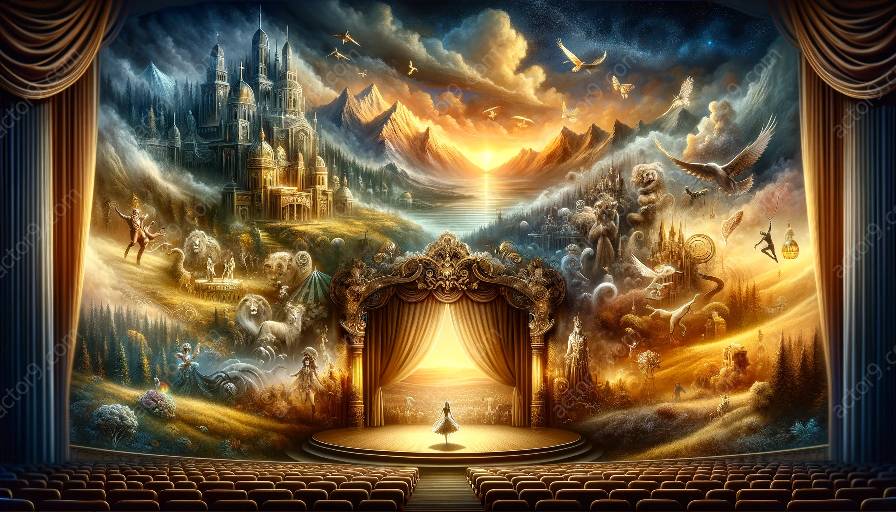Circus arts have captivated audiences for centuries, with rich cultural exchanges and influences shaping its development and traditions in various regions around the world. From ancient civilizations to modern globalized societies, the circus has been a melting pot of artistic, athletic, and cultural expressions, shaped by diverse influences that have contributed to its enduring appeal.
Ancient Origins and Cultural Exchange
The origins of circus arts can be traced back to ancient civilizations, where cultural exchanges played a crucial role in shaping early forms of entertainment. In regions such as Ancient Rome, Greece, and China, acrobatic displays, animal performances, and theatrical feats were integrated into cultural events and festivities, laying the groundwork for the development of circus arts.
Key influences: Artisan traditions, mythological storytelling, and the exchange of performance techniques.
Medieval Europe and Renaissance Influences
During the Medieval and Renaissance periods, circus arts evolved through interactions between diverse cultures and artistic influences. Performers traveled across Europe, bringing with them new acts, music, and storytelling techniques. The vibrant exchange of ideas and artistic forms led to the development of circus as a distinct art form, with traveling troupes showcasing their skills in jousting tournaments, fairs, and market squares.
Key influences: Courtly pageantry, commedia dell'arte, and the interplay of folk traditions.
Colonial Encounters and Global Spread
The era of global exploration and colonial encounters further enriched circus arts, as it became a vehicle for cultural exchange and mutual influence. As European powers established colonies around the world, circus performances adapted and incorporated elements from diverse cultures, leading to the creation of new acts and performances that reflected a blend of artistic traditions.
Key influences: Indigenous rituals, folk dances, and the fusion of traditional and modern performance styles.
Modern Era and Global Fusion
In the modern era, circus arts have continued to evolve through global exchanges and cross-cultural collaborations. The advent of mass transportation and communication technologies facilitated the spread of circus traditions across continents, leading to a rich fusion of styles and influences. Today, circus acts draw from a tapestry of cultures, integrating elements from Asia, Africa, the Americas, and Europe to create diverse and innovative performances.
Key influences: Contemporary dance, multimedia storytelling, and the incorporation of technological innovations.
Fostering Diversity and Inclusivity
As circus arts embrace a myriad of cultural influences, they also serve as a platform for fostering diversity and inclusivity. Across different regions, circus communities celebrate and honor their cultural heritage, while also welcoming new ideas and expressions. The enduring legacy of cultural exchanges continues to shape circus arts, ensuring that they remain vibrant, relevant, and reflective of the diverse world we inhabit.
Key influences: Intercultural dialogue, social activism, and the promotion of cross-cultural understanding.
Conclusion
The history of circus arts is a testament to the enduring impact of cultural exchanges and influences from different regions. From ancient civilizations to the modern world, circus arts have thrived on the interplay of diverse traditions and artistic expressions. By embracing cultural exchanges and celebrating inclusivity, circus arts continue to evolve, captivating audiences with their awe-inspiring performances and diverse storytelling.


































